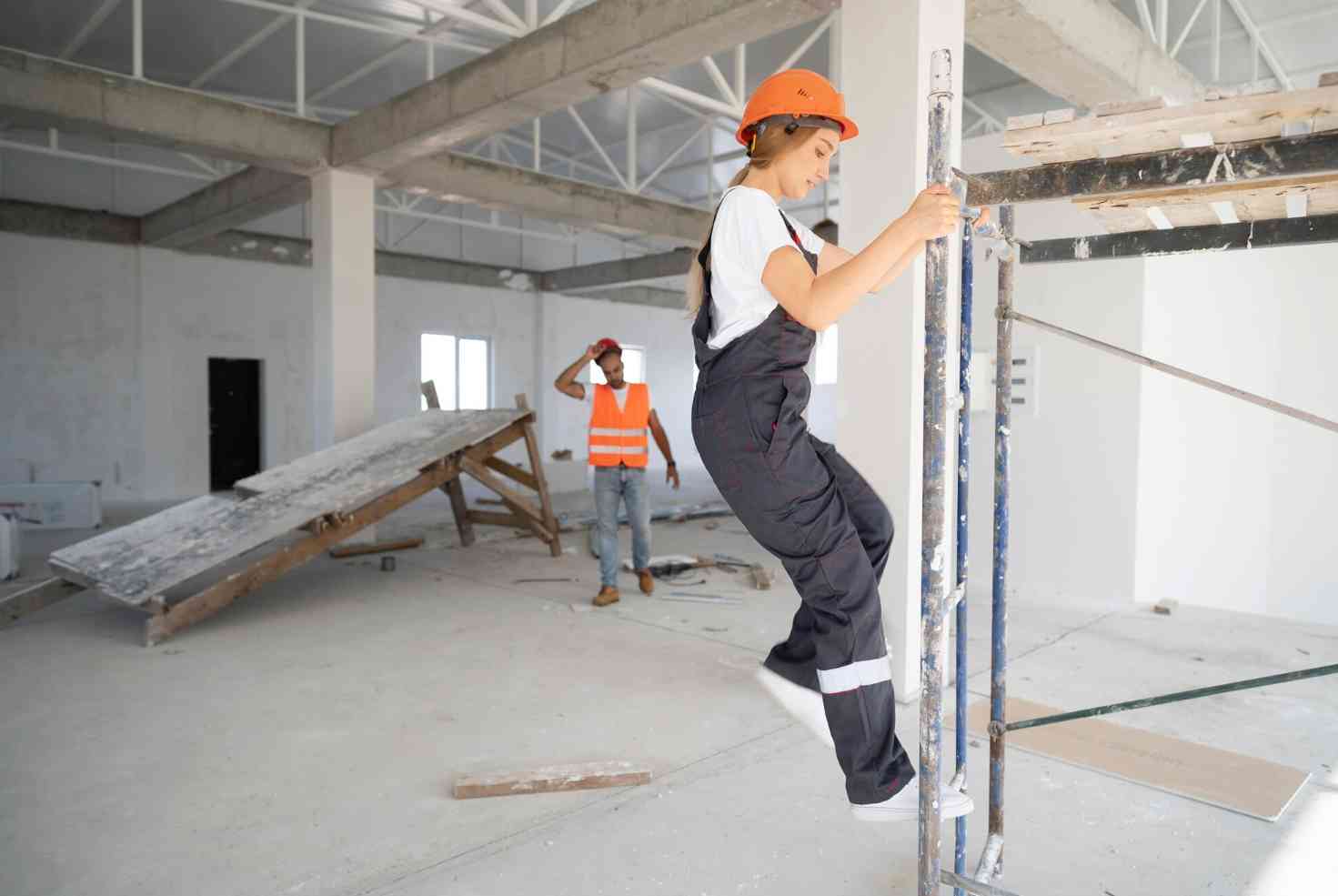Insurance is a critical component of construction projects, covering damages to a building under construction. Various factors come into play when selecting a policy, with cost being a primary consideration. When choosing builders risk insurance, consider the critical cost considerations.
Policy Coverage Limits
Determining the coverage limit of a policy is essential, as it defines the maximum sum an insurer will reimburse for covered losses within the policy term. Accurately assessing your project’s requirements is critical to selecting the right coverage limit. Inadequate coverage exposes you to potential financial losses in the event of a claim, while excessive coverage results in unnecessary premium outlays. Evaluating the project scope, construction materials, and potential risks can help determine an optimal coverage limit that balances protection and cost-effectiveness.
Deductible Amount
The deductible signifies the sum the policyholder must cover before the insurance coverage activates. Generally, opting for a higher deductible leads to reduced premiums, whereas selecting a lower deductible escalates premium costs. Striking a suitable equilibrium between the deductible amount and premium expenditure is imperative. While a higher deductible can lower initial expenses, it is crucial to ascertain that the deductible remains within manageable bounds in the event of a claim. Assessing the project’s risk profile and financial capabilities can aid in determining an appropriate deductible level.
Project Duration
The construction project’s duration plays a significant role in determining the insurance premium. These are typically priced based on the project’s timeline, with longer projects generally commanding higher premiums. Insurers consider the duration of exposure to potential risks when calculating premiums. Therefore, accurately estimating the project timeline and securing coverage for the appropriate duration can help manage costs effectively. Additionally, factors such as project delays and extensions should be considered to avoid gaps in coverage or unnecessary premium expenses.
Risk Factors
Various factors inherent in the construction project can influence costs. Factors such as location, type of construction, and project size can impact the level of risk and, consequently, the insurance premium. Projects in areas prone to natural disasters or with a history of theft or vandalism may incur higher premiums. Similarly, complex construction projects involving high-value materials or specialized equipment may attract higher coverage costs. Conducting a risk assessment and implementing mitigation measures can help reduce insurance premiums while ensuring adequate coverage.
Insurance Provider
The choice of provider can impact the cost. Insurers may offer varying coverage options, policy terms, and premium rates. Obtaining quotes from different insurers and comparing their offerings is advisable to find the most cost-effective solution that meets your project’s needs. Factors such as the insurer’s reputation, financial stability, and claims handling process should be considered when selecting a provider. Working with a reputable insurer with a track record of reliable service can provide peace of mind and ensure smooth claims processing in the event of a loss.
Policy Exclusions and Endorsements
Understanding the policy exclusions and available endorsements is crucial in evaluating the overall cost. Policy exclusions are specific situations or types of damage not covered by this policy. Reviewing the exclusions carefully can help identify potential gaps in coverage and assess the need for additional endorsements or supplemental coverage.
Cost considerations are paramount when selecting builders risk insurance for a construction project. By carefully evaluating these factors, stakeholders can balance cost-effectiveness and comprehensive coverage. Thoroughly assessing the project’s needs and conducting due diligence when comparing various options can help make informed decisions that protect against financial risks.






